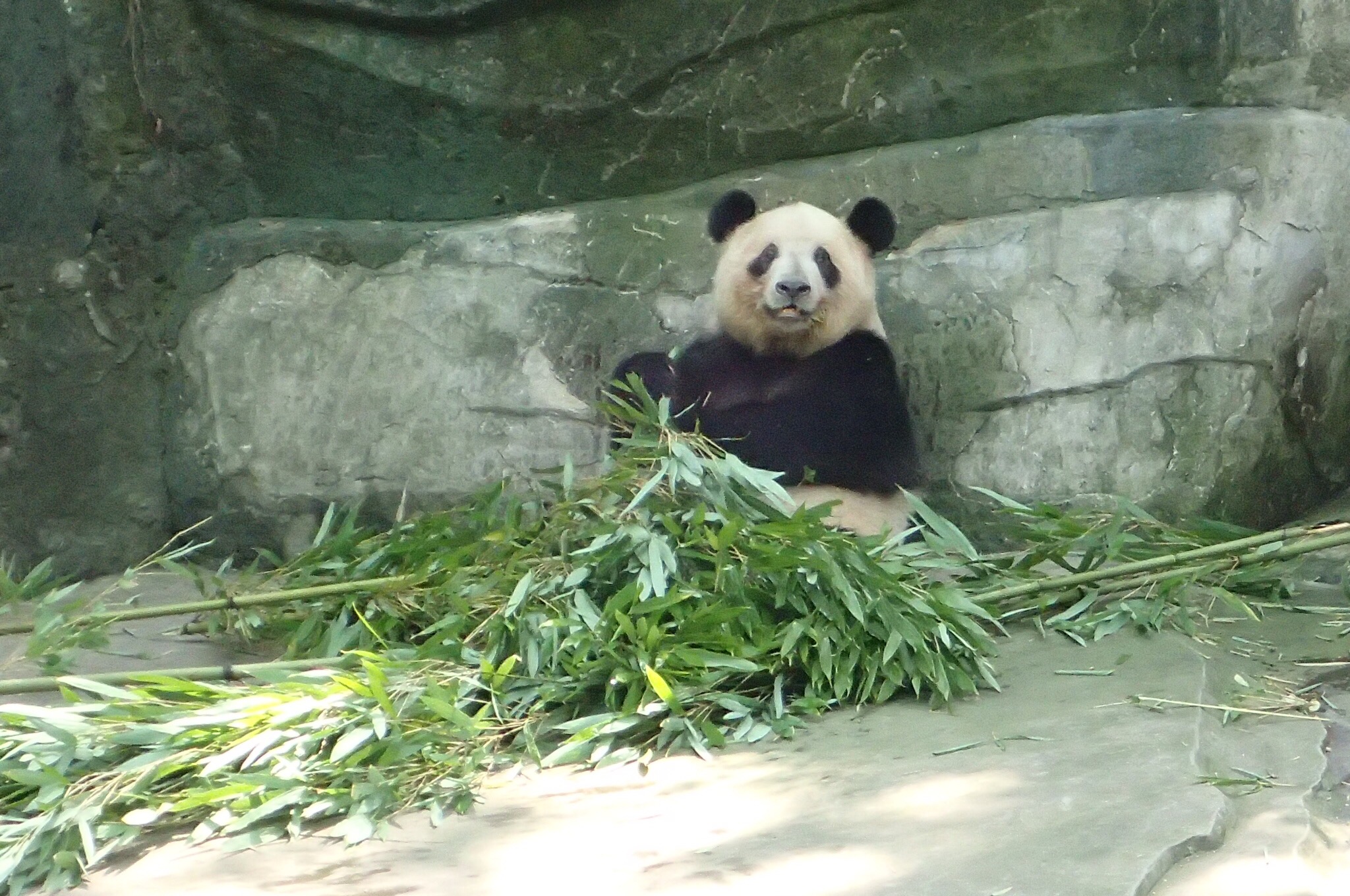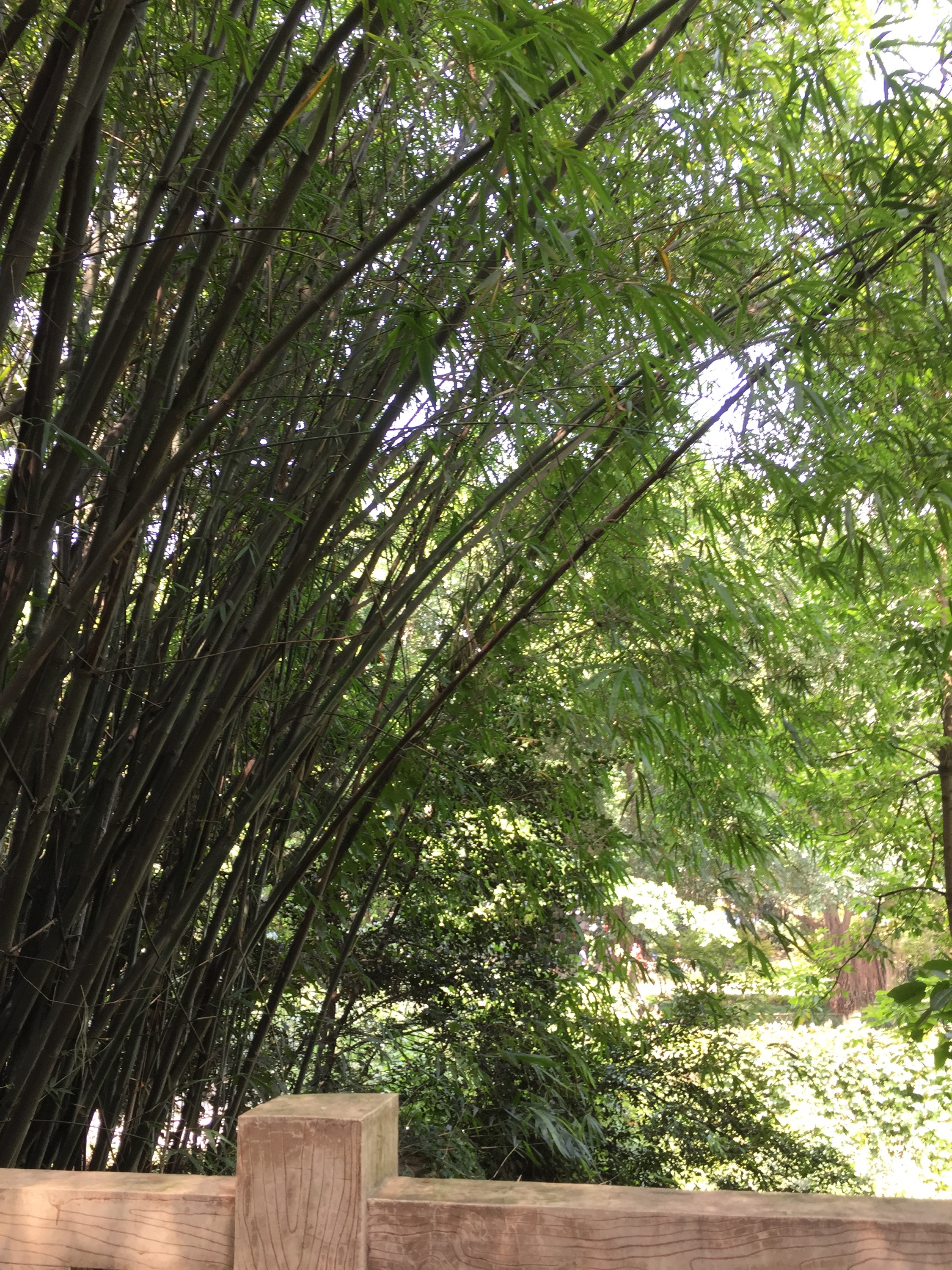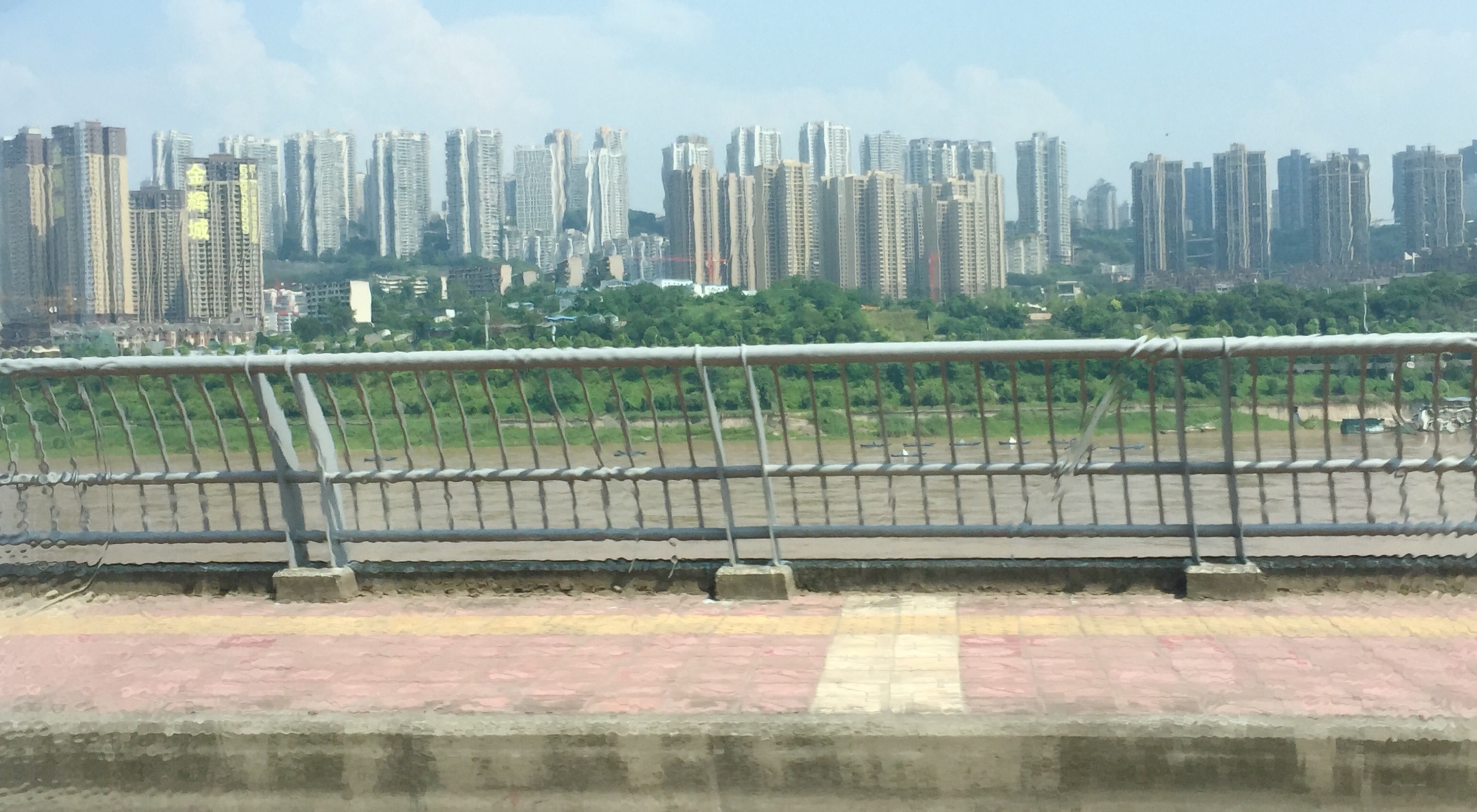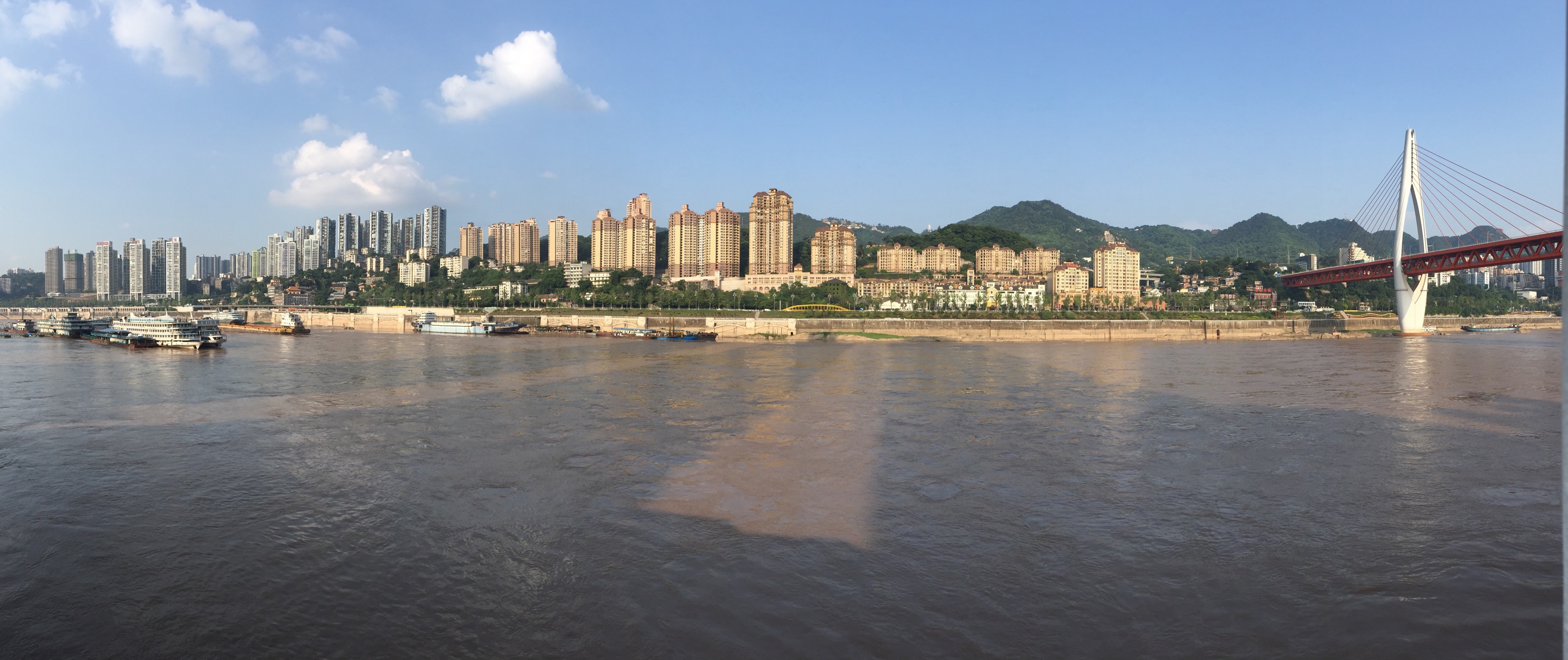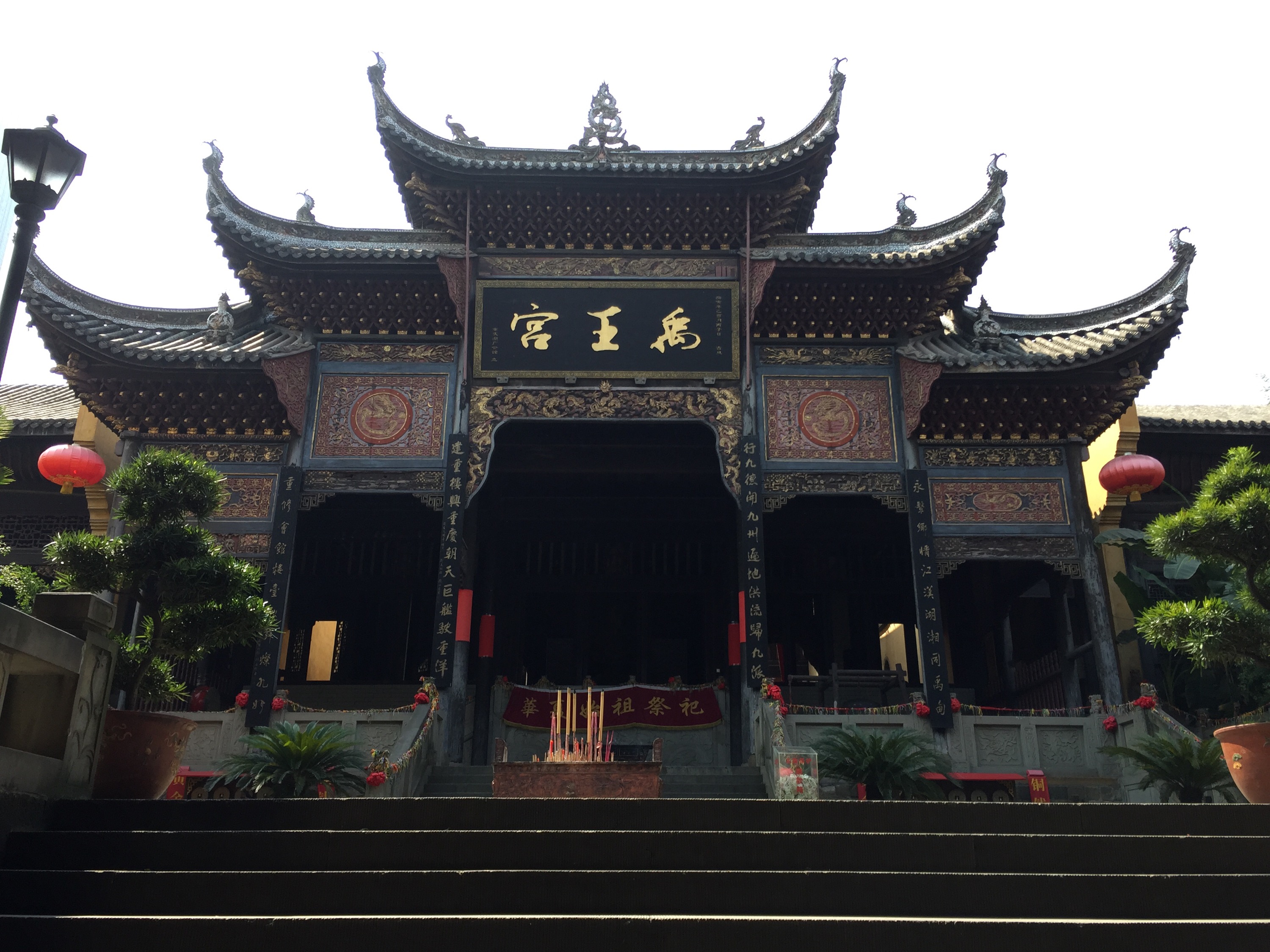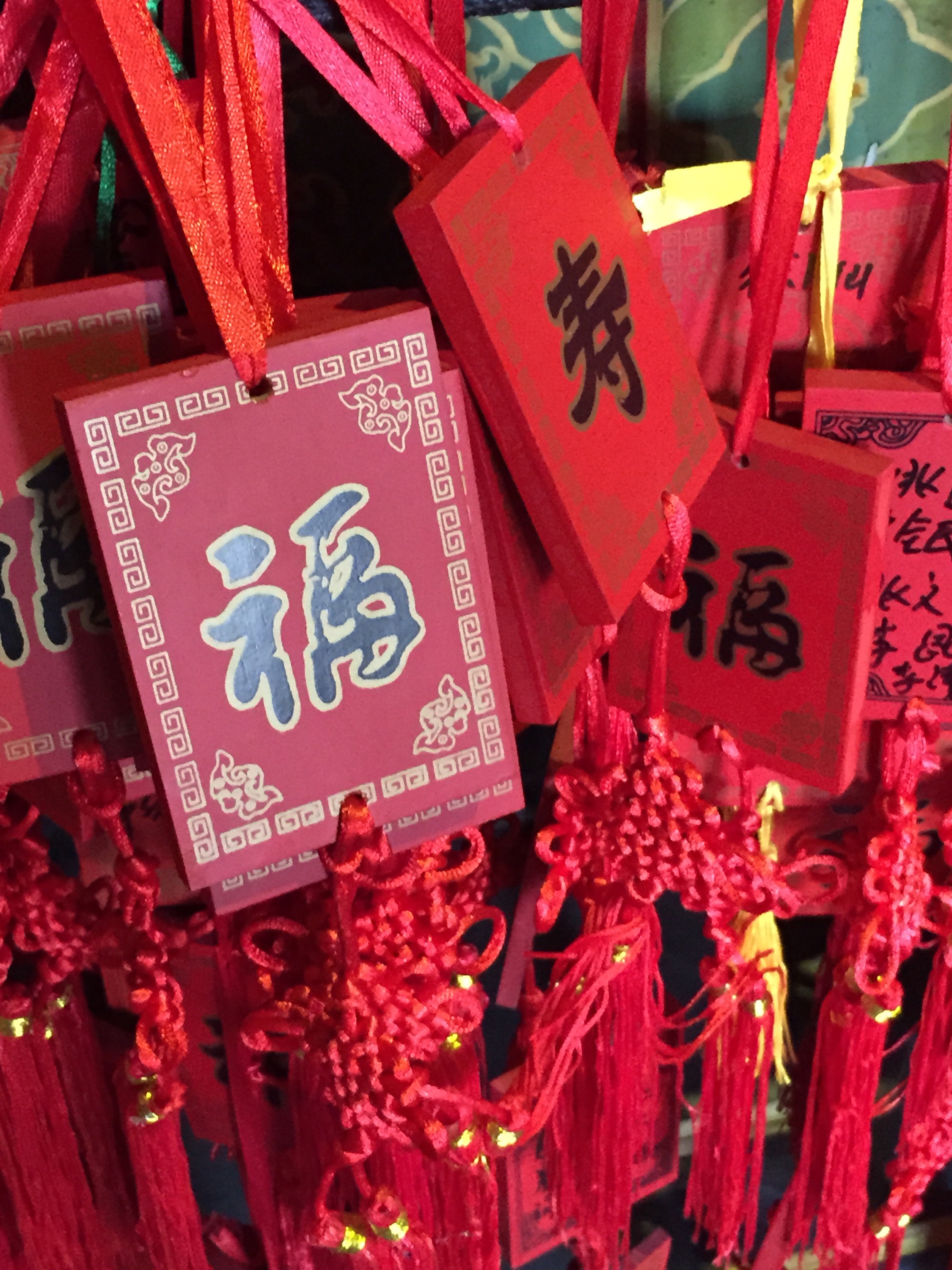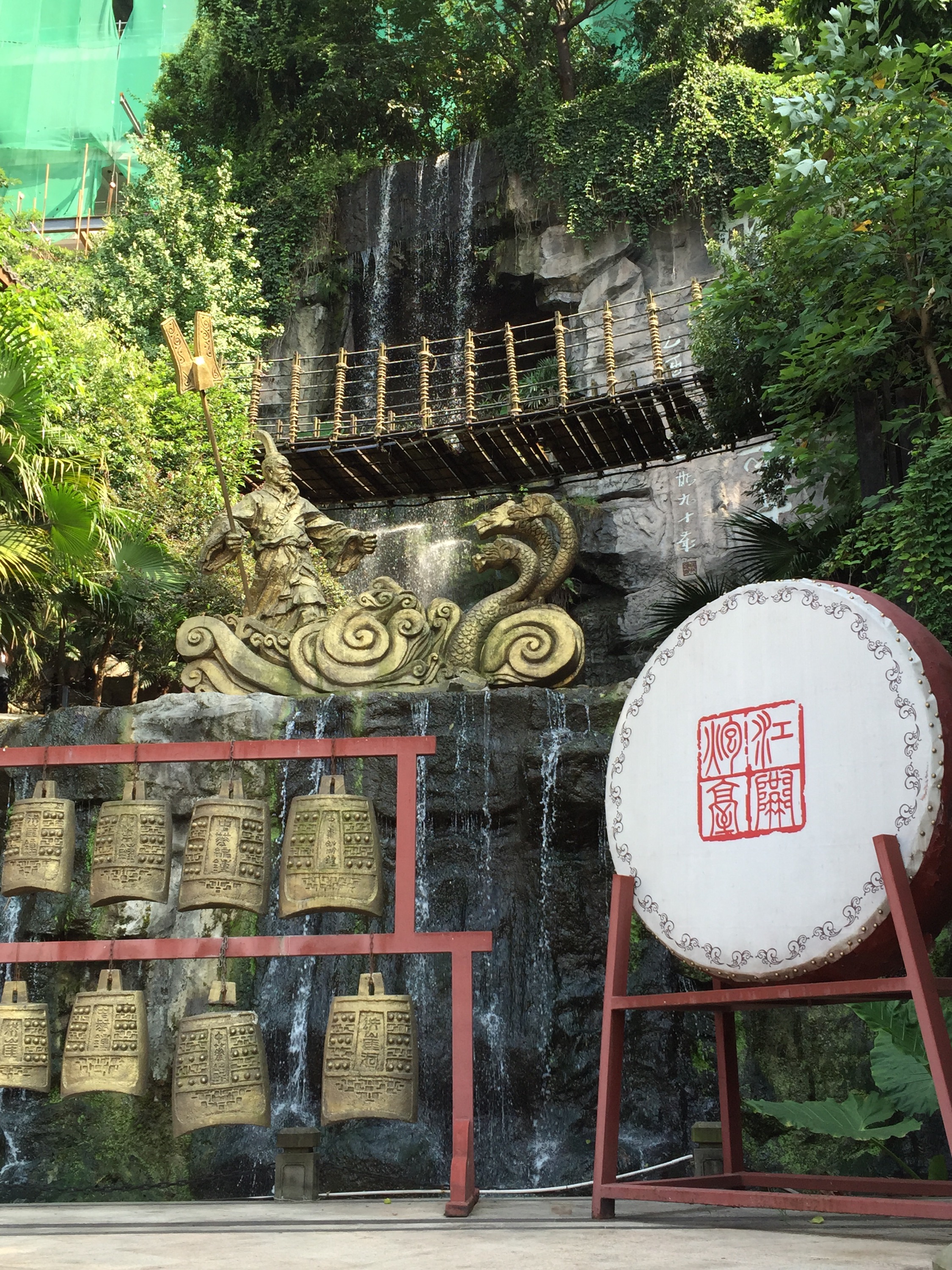
Bern today! Bern, apparently so named because Berthold V, who established the city in 1191, held a hunt and the first animal that was killed was a bear (‘bero’ being Old High German for ‘bear’). Bears are the most popular decorative motif throughout the city, appearing on statutes, and monuments, and of course the town’s heraldry which is everywhere! The most famous Bern landmark is probably the bear pit, where bears have been kept at the city’s expense, since 1480! Bern’s Old Town (Altstadt) has been designated a UNESCO World Heritage site since 1983.

The Bärengraben or Bear Pit was first opened in 1857, the current iteration is the fourth bear enclosure to be by the Nydeggebrücke and the River Aare.

As animal enclosures go, it’s very old fashioned and a little sad (though not so sad as the Barcelona Zoo!). Luckily for the bears that live here, they have tunnels in and out of this pit to enormous wooded enclosures that line along the Aare riverbank, and they have space to run and hide and interact with the other bears.



I think this cutesy statue has probably been deliberately placed by the bear pit to stop people from doing dangerous things to capture a photo of themselves with a bear in the background! Here have a photo with this cute bear statue instead, why yes, you will have to line up for it!

Mr Bear, shitting in the woods.


The visitors are actually quite close to the bears as you look down into their large enclosure by the river.


The Aare River.

View towards some terrace houses from the Nydeggbrücke…

Bern is actually the capital city of Switzerland where the Swiss Parliament sits, and diplomats meet in the Bundeshaus (Federal Palace). It is not a large city (population approximately 120,000), and it’s easy to think the capital is Geneva or Zurich, as those two much larger cities are much more well known. The city is built in a large bend in the Aare River and has its origins in the 12thC – the Old Town, (Altstadt), here is remarkably well preserved… with it’s tiled rooftops and cobbled streets, it’s like something out of a Disney cartoon.

Berthold V, Duke of Zähringen who founded the city in the 12th century.

With some cool plaques extolling his many deeds and martial victories – he apparently died without a living heir, so his line ended with him; which no doubt was a huge disappointment for a medieval Duke.

This monument had the coolest little Bear Squire holding his helm… such a cool addition to the statue.

Berthold, Bero, Bern… I am sure he loved the bear being the mascot/device for the town.

Mr K, ever the transport nerd…


The Altstadt is very cool, with loads of cobblestone streets, and lots of fancy shopping (homewares and fashion rather that touristy souvenir stores – though there are a couple of those too). There are also basement shops under each side of these rows, which seem to house quite a few barbers, alternative stores and other less lucrative or salubrious establishments.


Bern has over a hundred of these incredible fountains spread throughout the city. The fountains existed since the establishment of the town and were originally made from timber to allow citizens easy access to clean drinking water… but were replaced around c.1550 with these elaborate stone fountains. They are stream fed from the Aare River and the water is still clean and drinkable. Most of them are positioned in the middle of streets and make for the most truly charming traffic calming I’ve ever seen.

One touristy shop – first cuckoo clocks we have encountered since we have been in Switzerland – weirdly. Tbh, I don’t like them. Never have.

And as I was saying, interesting basement establishments…

More statues clinging to buildings – no doubt this one had something to do with one guild or another, but I couldn’t ascertain the origins of this rather odd looking monkey.

Each fountain is unique…


Walked by so many fountains, Mr K had to stop for a coffee, which turned into an affogato, which turned out to be a dessert???

More fountains… note the bear on the heraldry of Bern.



The Zytglogge Clock Tower, located at the very centre of town, was built in the early 13thC and was a was a multipurpose tower gate, serving as a guard tower, prison and clock tower.

The clock is 15thC but of course has been maintained and reconstructed in parts over the centuries.

Just around the corner from the famous Zytglogge was the famous Zur Käshutte Cheese shop! In situ for over 125 years, this famous little speciality cheese shop with it’s 100% local produce and the most famous Swiss cheese sourced from right around the corner in the Emmental Valley.

Cheese Heaven!


After a quick stop by the smelly cheese shop… we had to get going to make it to Geneva for the evening.


